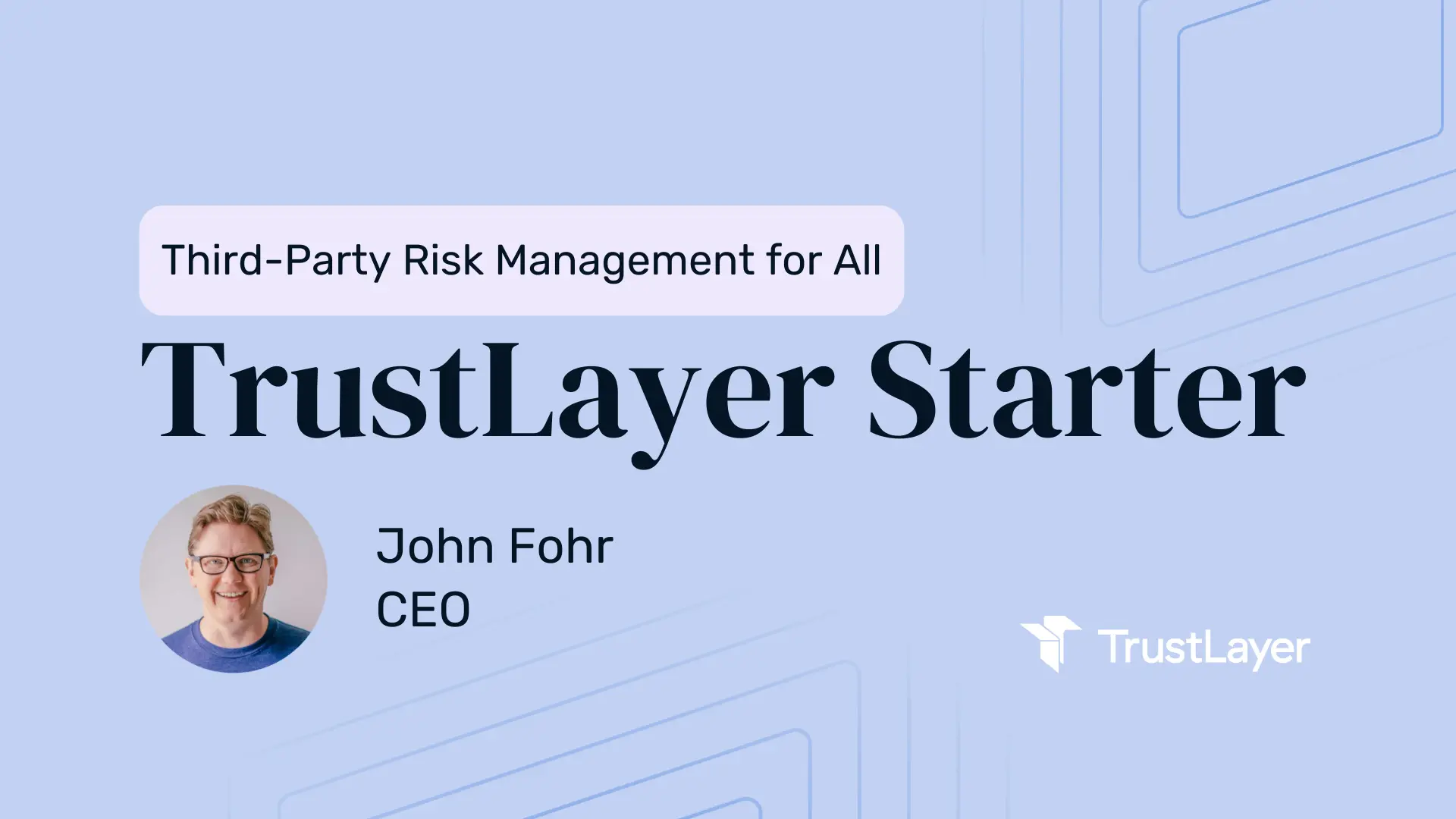How IoT is Transforming Construction Risk Management with Alex Fuentes

On the latest episode of Brick by Brick, host Jason Reichl sits down with Alex Fuentes, EVP of Strategic Growth at BrickEye. With over 20 years of experience in technology and risk management, Alex shares insights on how IoT is transforming construction risk mitigation. BrickEye is pioneering the use of IoT-enabled solutions to help developers and general contractors (GCs) reduce costs, protect margins, and build better by proactively managing construction risk.
To find out how TrustLayer manages risk so that people can build the physical world around us, head to TrustLayer.io.
The Evolution of Construction Risk Management
Risk in construction has long been a challenge, but rising costs, climate change, and workforce shortages have made it even more complex. Traditionally, managing risk in a construction project meant relying on human oversight, manual inspections, and static insurance policies. BrickEye is changing the game with real-time IoT solutions that help identify risks before they escalate.
"Construction risk costs are escalating, squeezing margins, and in some cases, challenging the viability of projects," says Fuentes. "With IoT, we can proactively mitigate risks rather than reacting after damage occurs."
By integrating IoT technology throughout the entire construction lifecycle from pre-construction planning to post-construction insights BrickEye is helping builders and insurers make smarter, data-driven decisions.
Technology as a Risk Mitigation Tool
IoT and real-time data analytics have become essential tools for risk management in construction. BrickEye leverages these technologies to address key risk areas such as:
- Water damage prevention: Water-related incidents account for up to 70% of builder's risk claims. IoT sensors detect leaks and pipe bursts in real time, automatically shutting off valves to prevent catastrophic damage.
- Concrete integrity monitoring: Concrete defects are among the most costly risks in construction. IoT solutions help ensure quality control, reducing the need for rework and litigation.
- Insurance and compliance integration: Insurance providers are increasingly requiring IoT-based risk controls as a condition for coverage. Companies using proactive risk mitigation strategies can benefit from lower deductibles, premium credits, and improved coverage terms.
"We work with developers and GCs to lower costs, protect margins, and mitigate risks across the full construction and insurance policy lifecycle," Fuentes explains. "This is about using technology to make construction safer and more predictable."
The Data Challenge: Fragmentation & Integration
Despite the promise of IoT, data fragmentation remains a significant challenge.
"Construction data has always been a black box," Fuentes notes. "There are too many human inputs, and key risk information is often buried in silos."
To solve this, BrickEye provides real-time monitoring and automation that streamlines risk management. A recent example: On a large-scale condo build in Miami, BrickEye’s system detected an open water valve before workers even arrived on site. Within minutes, the system shut it off, preventing what could have been thousands of gallons of water damage.
"Without automation, this kind of issue might not have been caught until it was too late," Fuentes says. "With IoT, we identified and stopped it in real time."
AI and the Future of Construction Risk Management
The integration of AI is the next frontier in construction risk management. AI-driven predictive analytics can identify risk patterns, optimize responses, and even help adjust insurance premiums in real time.
"AI will play a huge role in organizing data and delivering predictive insights," Fuentes explains. "Right now, construction insurance is mostly static. In the future, it will become more dynamic adjusting based on real-time risk conditions on-site."
This shift could lead to a more precise, "edge underwriting" model where insurance costs fluctuate based on actual risk exposure. Imagine a site being charged lower premiums on days with minimal activity but higher costs during high-risk construction phases.
"With AI and IoT, insurers could assess risk dynamically rather than using broad averages," Fuentes suggests.
The Bottom Line: Adopting Tech for Competitive Advantage
Technology adoption in construction risk management is no longer optional; it's a necessity. Builders who embrace IoT and AI-driven risk mitigation strategies will have a clear competitive edge.
"Risk managers are playing a bigger role than ever before," Fuentes says. "The companies integrating these technologies today will have a major advantage in cost, compliance, and long-term project success."
To learn more about mitigating risk in construction, listen to this episode of Brick by Brick.
👉 Spotify: https://spoti.fi/3DhpCoS
👉 Apple Podcasts: https://apple.co/3F8jyzu
Podcast Host: Jason Reichl
Executive Producer: Don Halliwell






.webp)









